Lantana Care Guide: Planting & Caring For Lantana
The lantana bush can grow in some of the toughest conditions, with multi-colored blooms that are loved by gardeners and pollinators.
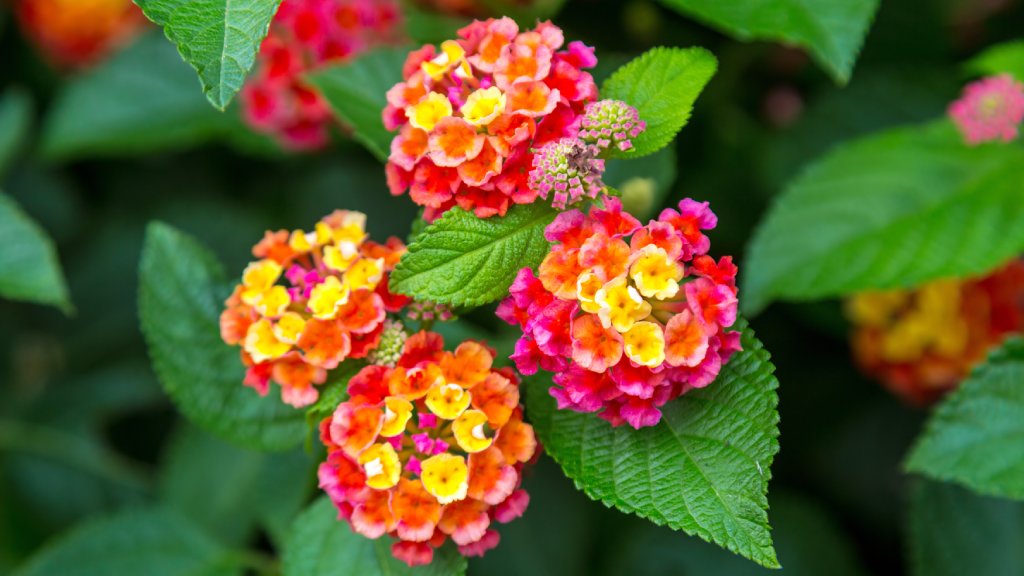
Lantana is a small, woody shrub native to tropical Africa and South America. It has become popular in North America for its showy, multi-colored and long-lasting blooms. Lantana is an annual or houseplant in most areas but can be grown as a perennial in the warmest parts of the U.S.
Lantana Plant Care
Quick Facts
Botanical name: Lantana camara
Height: 3 to 4 ft (0.9-1.2 m)
Spread: 1 to 2 ft (0.3-0.6 m)
Light: Full sun
Soil: Well-drained, slightly acidic, high organic content
Zones: 10 to 11
When to plant: Spring
As an annual or as a perennial in warmer climates, lantana is a tough species that tolerates a lot of poor conditions. It manages to thrive in poor soil, high heat, drought, and salt. This makes it easy to grow a large shrub with minimal maintenance.
Lantana is also known for its pretty flowers. When flowering, lantana produces multiple small blooms in dense, two-inch (5-cm) clusters. They can be orange, pink, red, yellow, purple, and white, often with multiple colors within a cluster. The flowers attract butterflies and other pollinators.
Water & Light Requirements
The lantana bush prefers and will bloom best in full sun. It also tolerates drought but will bloom most prolifically when watered regularly. The soil should maintain medium moisture but also drain very well. Overwatering can decrease the number of flowers and cause root rot. Water only when the first couple of inches (5 cm) of soil are dry.
Soil & Fertilizer Needs
Lantana will tolerate poor and even salty soil, but it grows best in slightly acidic, well-draining soil with high organic content. In a container, a general, high-quality potting mix is adequate.
Fertilizer is generally not necessary for lantana. You can use a general fertilizer in spring at half strength, but too much will decrease flowering. If you add fertilizer to the soil when planting lantana, you do not need to fertilize it again.
Problems, Pests & Diseases
Root rot due to overwatering or poor drainage is one of the most common issues associated with lantana but is also easy to avoid. Powdery mildew can become a problem. To prevent it, make sure there is good airflow in the plant and avoid getting the plant wet when watering. In terms of pests, watch out for white flies and spider mites.
Gardening tips, videos, info and more delivered right to your inbox!
Sign up for the Gardening Know How newsletter today and receive a free copy of our e-book "How to Grow Delicious Tomatoes".
Pruning Lantana
Prune lantana bushes to maintain the desired size and shape. Do a hard pruning in spring to remove woody old growth and promote new growth. You can also trim lightly in summer to promote additional blooming.
Propagating Lantana
The best way to propagate lantana is by cuttings. Trim off about six inches (15 cm) of a stem with no flowers. Remove leaves from the bottom few inches and place in water. Plant the cutting in soil once it has developed several roots.
Lantana Varieties
There are many cultivars of L. camara available. Some are hybrids with L. monteviensis. Most are mounding shrubs, but some have trailing characteristics.
- Clear White - This cultivar has a spreading growth habit and completely white flowers.
- Miss Huff - Miss Huff is hardier than some other varieties and grows tall and quickly. It is sterile and has orange, gold, and reddish flowers.
- Mozelle - Mozelle is similar to Miss Huff but the flower colors are softer.
- New Gold - This is a newer cultivar with solid, bright yellow flowers. It is sterile and grows smaller than many other varieties.
- Patriot Cowboy - Even smaller is Patriot Cowboy, the most compact variety. It only grows about 12 inches (30 cm) high and wide. The flowers begin bright yellow and change to orange.
- New Red - New Red offers the reddest option for lantana flowers and also has some orange and yellow.
- Samantha - This sterile variety produces lemon-yellow flowers and has unique variegated foliage in chartreuse and dark green.
- Patriot Popcorn - This small variety has a weeping form and is great for containers. The flowers are white and yellow.
- Imperial Purple - Imperial Purple trails and has striking purple flowers that bloom profusely.
In some areas, including South Florida, lantana is considered invasive. You can still safely enjoy it in the garden by using new, sterile cultivars. They do not produce pollen or seeds. Some examples of these include Bloomify Red, Bloomify Rose, and Luscious Royale Red Zone.
In addition to L. camara, look for L. montevidensis, a trailing lantana species that is hardy through zone 8. Grow it as a trailing low shrub or in a hanging container.

Nikki Tilley has been gardening for nearly three decades. The former Senior Editor and Archivist of Gardening Know How, Nikki has also authored six gardening books.
-
 12 Lush Alternatives To A Lawn For Sustainable Spaces
12 Lush Alternatives To A Lawn For Sustainable SpacesAlternatives to a lawn are beautiful and also beneficial to your local ecosystem and its pollinators. Explore our top picks for plants to replace grass.
By Tonya Barnett
-
 Types Of Tomatoes Explained: Explore The Many Wonderful Shapes, Colors, Flavors, & Best Uses
Types Of Tomatoes Explained: Explore The Many Wonderful Shapes, Colors, Flavors, & Best UsesThe world of tomato varieties is vast and fascinating. Learn about the key types to grow in your garden, tailored to your preferences and space.
By Amy Grant
-
 Growing Lantana Indoors For The Winter
Growing Lantana Indoors For The WinterCan I bring Lantana inside for the winter? Well, click here to find out.
By Tonya Barnett
-
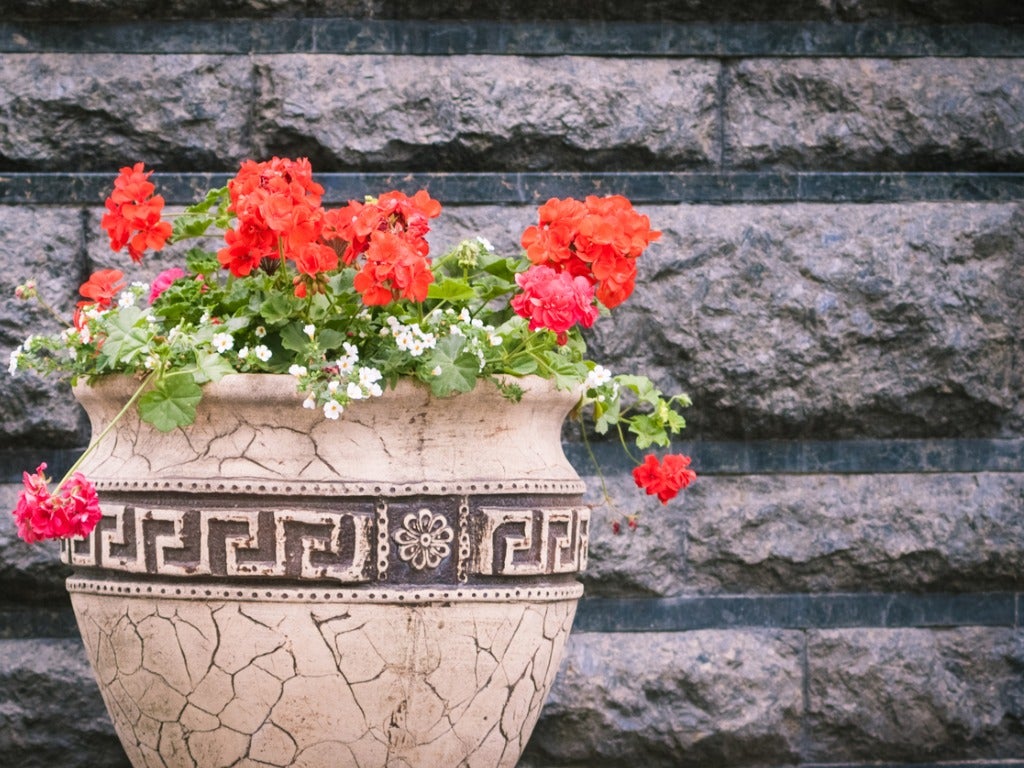 Repotting Lantanas: When And How To Repot Lantana Plants
Repotting Lantanas: When And How To Repot Lantana PlantsLantana is ideal for growing in containers or ornamental raised flower beds. With proper care, gardeners can enjoy the small showy flowers for many years to come. In doing so, learning how to repot lantana will be important. This article will help with that.
By Tonya Barnett
-
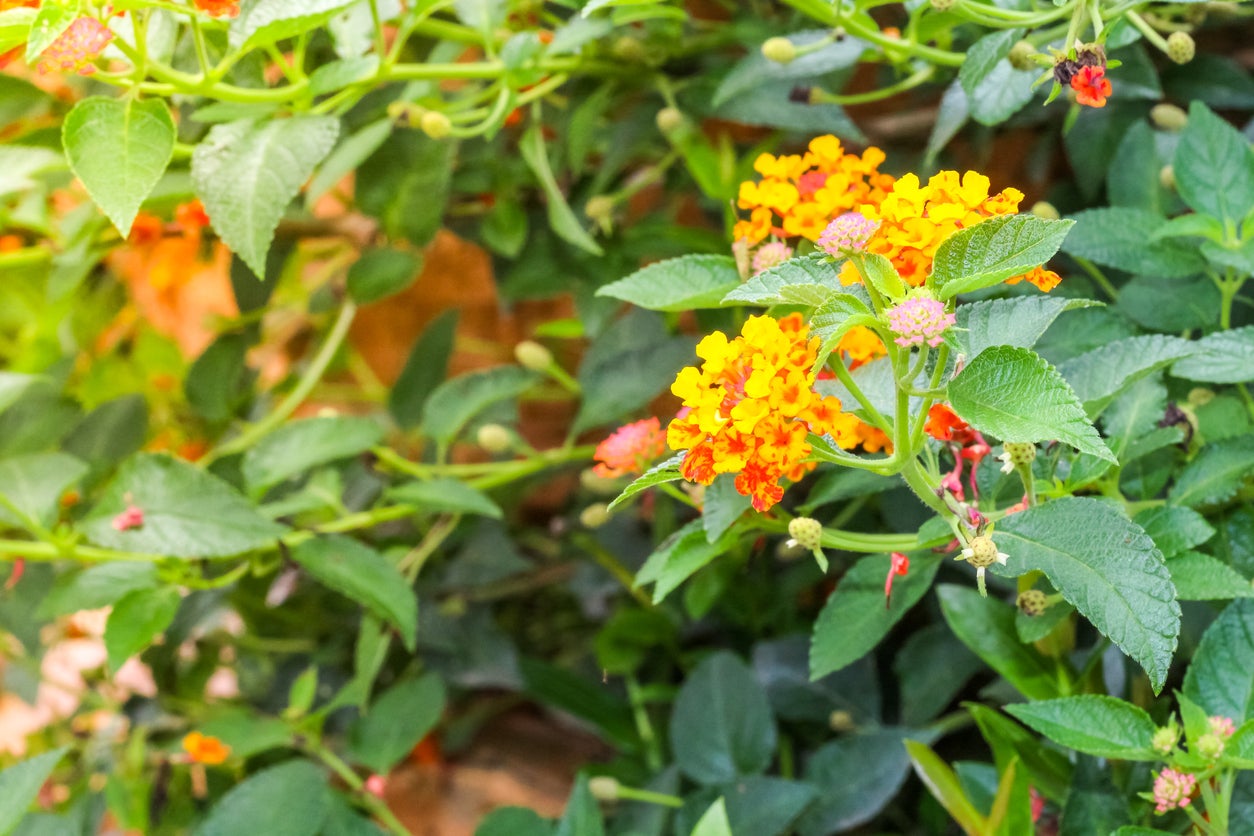 Controlling Lantana Weeds: Stopping Lantana Spread In The Garden
Controlling Lantana Weeds: Stopping Lantana Spread In The GardenIn some gardens, Lantana camara is a pretty, flowering plant that adds delicate, colorful blooms to flower beds. In other areas, though, this plant can be more of a pest. Find out ways for controlling lantana weeds in your yard by clicking this article.
By Mary Ellen Ellis
-
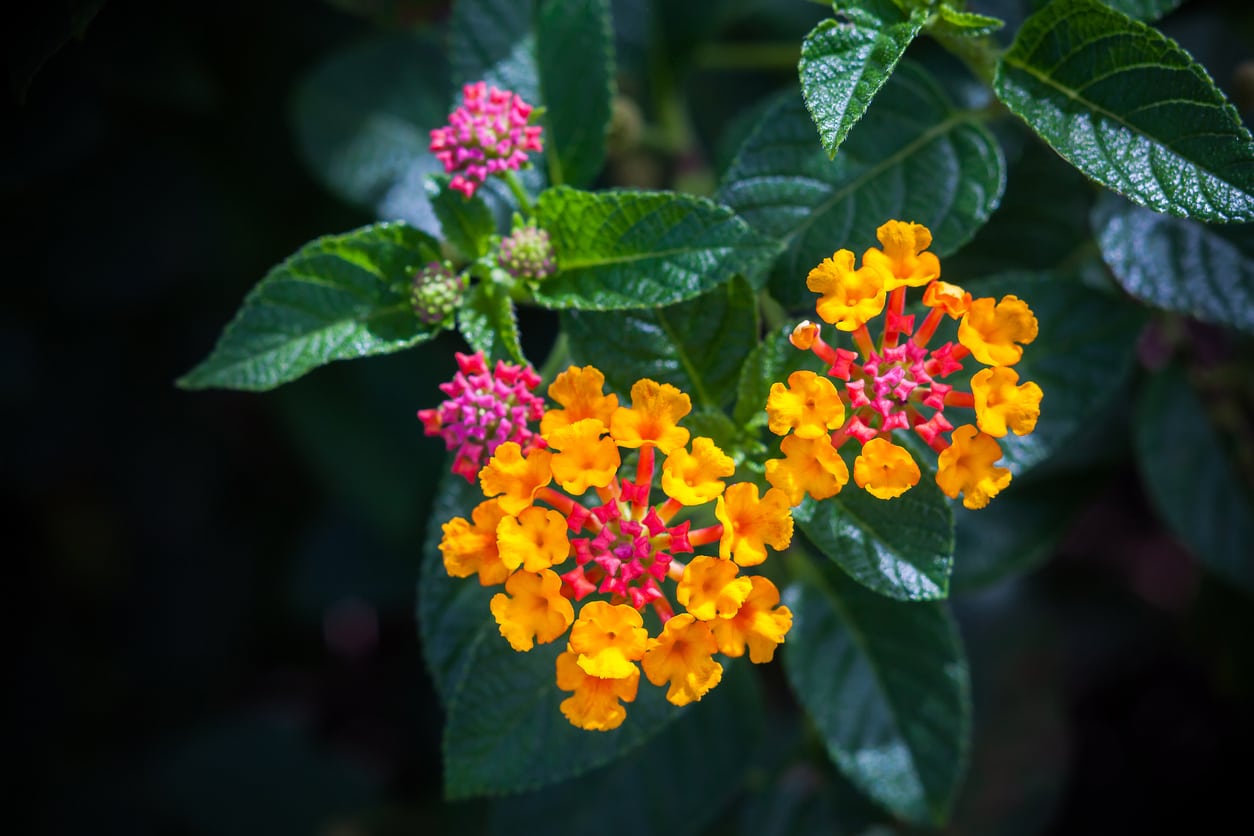 Can You Transplant Lantanas: Tips For Moving A Lantana Plant
Can You Transplant Lantanas: Tips For Moving A Lantana PlantIf you have a lantana that is struggling in its current location or has outgrown its space and is not playing nice with other plants, you may be searching for some tips on how to transplant lantana. This article will help get you started with that.
By Darcy Larum
-
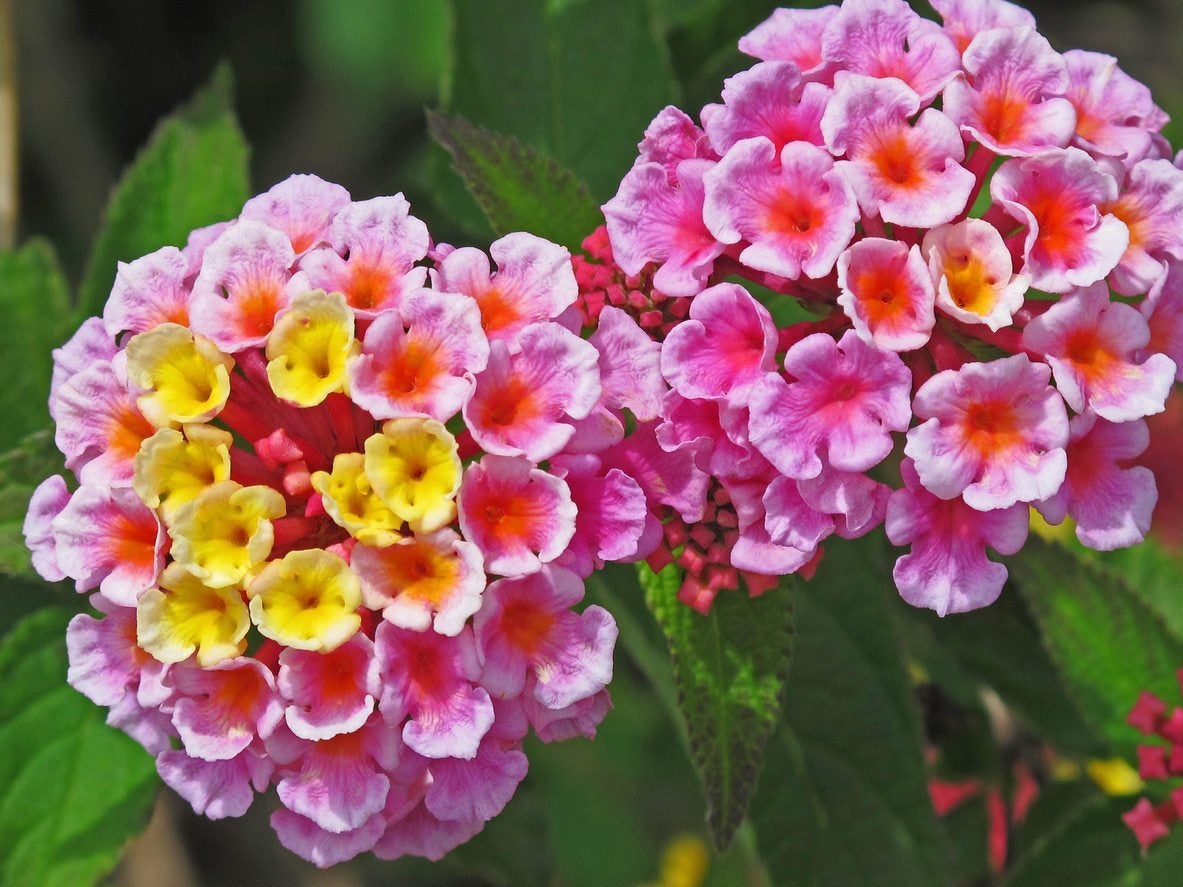 Color Changing Lantana Flowers – Why Do Lantana Flowers Change Color
Color Changing Lantana Flowers – Why Do Lantana Flowers Change ColorSince a lantana flower cluster has flowers of multiple ages, it will often display different colors in the center and on the edges. You can observe lantana flowers changing color in your garden as the season advances. Learn other reasons for color changing in this plant here.
By Ilana Goldowitz Jimenez
-
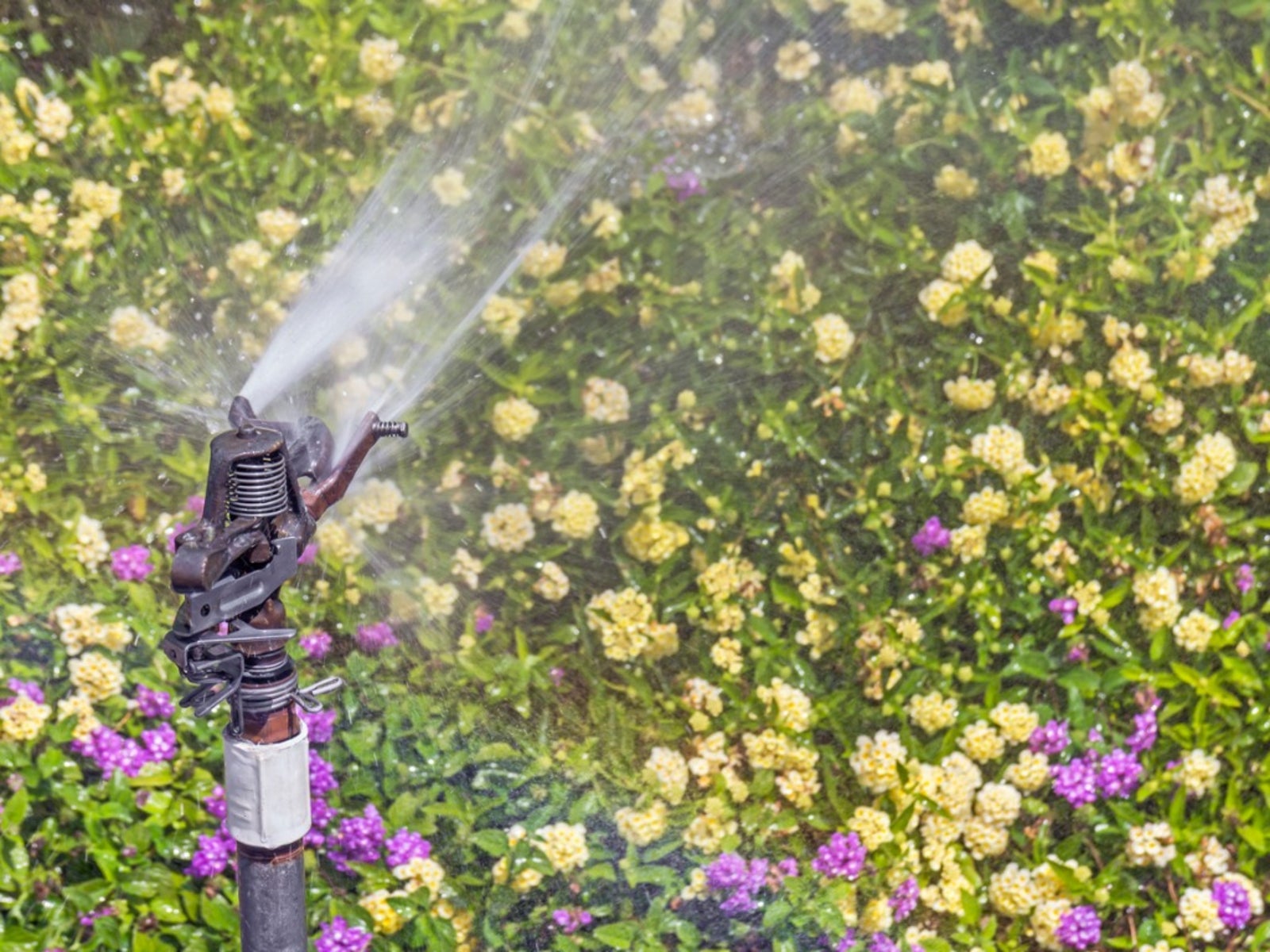 Lantana Watering Needs – Tips On Watering Lantana Plants
Lantana Watering Needs – Tips On Watering Lantana PlantsLantana can tolerate drought once established but the best development and flowering results from consistent watering. How much water do lantana plants need? We will discuss when to water lantanas for best growth and flower production in this article.
By Bonnie L. Grant
-
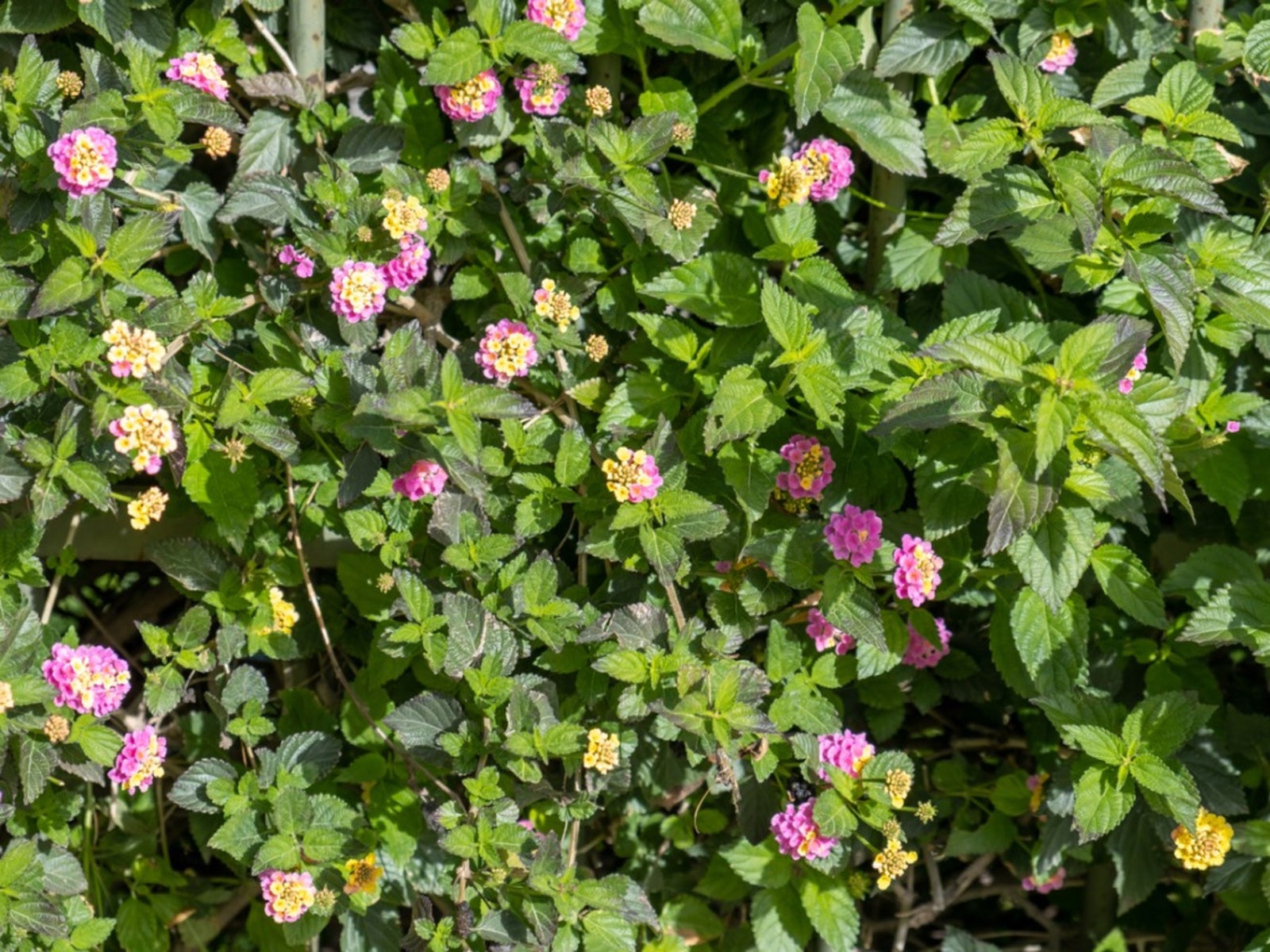 Lantana Leaf Yellowing – Treating Yellow Leaves On Lantana Plants
Lantana Leaf Yellowing – Treating Yellow Leaves On Lantana PlantsGardeners love lantana because of its brightly colored blossoms that attract butterflies and bloom from spring to frost. If you see your lantana plant turning yellow, it could be nothing or something serious. Click this article for more information.
By Teo Spengler
-
 Lantana Groundcover Plants: Tips On Using Lantana As A Groundcover
Lantana Groundcover Plants: Tips On Using Lantana As A GroundcoverMost lantana plants reach heights of 3 to 5 feet (1 to 1.5 m.), so lantana as a ground cover doesn't sound very practical - or does it? If you live in USDA plant hardiness zone 9 or above, trailing lantana plants make wonderful year-round ground covers. Click here to learn more.
By Mary H. Dyer
